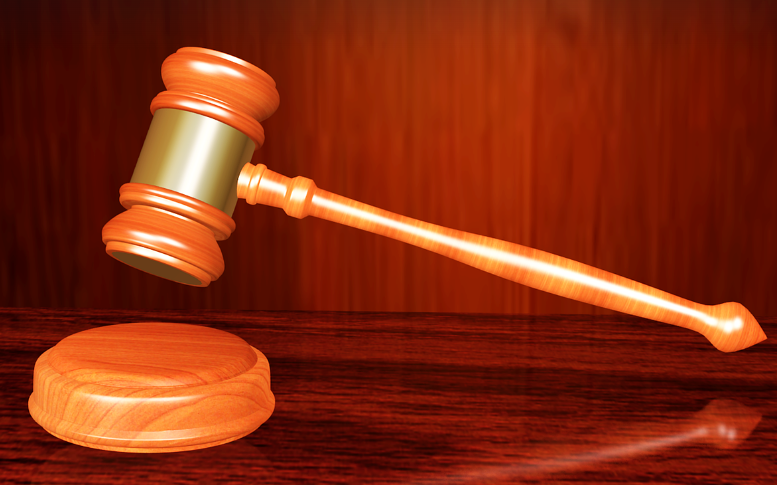
(Photo : pixabay.com)
- Tesla faces a lawsuit over alleged "phantom braking" defect, which the company failed to dismiss.
- The lawsuit claims Tesla concealed the defect from potential buyers, leading to higher insurance premiums.
- Tesla denies knowledge of the defect, but the judge ruled the lawsuit successfully connects the omission of safety information to buyers' decisions.
- The case raises questions about autonomous driving safety and the responsibility of automakers to inform customers about potential defects.
Tesla, the electric vehicle giant helmed by Elon Musk, has been unsuccessful in its attempt to have a consumer lawsuit dismissed. The lawsuit accuses the company of failing to inform buyers about an alleged defect that could cause the cars to brake automatically, even when there is no actual risk of collision. This phenomenon, known as phantom braking, has been a point of contention for the automaker.
U.S. District Judge Georgia Alexakis, based in Chicago, made the ruling on Friday. While she did trim down the case, she allowed the proposed class action to proceed on the claim that Tesla concealed the phantom braking safety defect from potential buyers. This decision comes as a significant blow to Tesla, which had requested the judge to dismiss the entire lawsuit.
However, not all parts of the lawsuit were allowed to proceed. Judge Alexakis dismissed claims that drivers had overpaid for car insurance premiums sold through Tesla's insurance arm, citing the company's allegedly flawed collision monitoring system.
Phantom Braking and Insurance Premiums
The lawsuit was filed by two residents of Illinois and Ohio, who have yet to respond to requests for comment on the judge's ruling. Tesla also has not immediately responded to requests for comment.
The plaintiffs' complaint filed in 2023, alleges that Tesla's "forward collision monitoring system" frequently gives false alerts about an impending crash, even when there is no risk of a collision. This issue, they argue, has led to them paying higher premiums based on data from their cars showing false collision warnings.
The plaintiffs further contend that Tesla was aware of the alleged defect as early as 2015 and did not warn customers. Tesla, however, has denied having knowledge of the alleged braking defect before one of the plaintiffs purchased his vehicle in early 2021.
Tesla's Response and Future Implications
The company argued that the plaintiffs had not pointed to any specific communications with buyers that concealed information about the defect. Judge Alexakis, in her ruling, stated that the lawsuit "successfully connects the dots" between Tesla's alleged omission of safety information on its website and buyers' reliance on the website to make purchase decisions.
She also said the plaintiffs could file an amended complaint seeking to revive their insurance premium claims. This is not the first time Tesla has faced legal challenges related to its vehicles' safety features. In the past, the company has been accused of not adequately addressing safety concerns, leading to lawsuits and investigations.
As the lawsuit progresses, it will be crucial to see how Tesla responds and what impact this will have on the company's reputation and sales. The case also raises broader questions about the safety of autonomous driving technology and the responsibilities of automakers to inform customers about potential defects.









